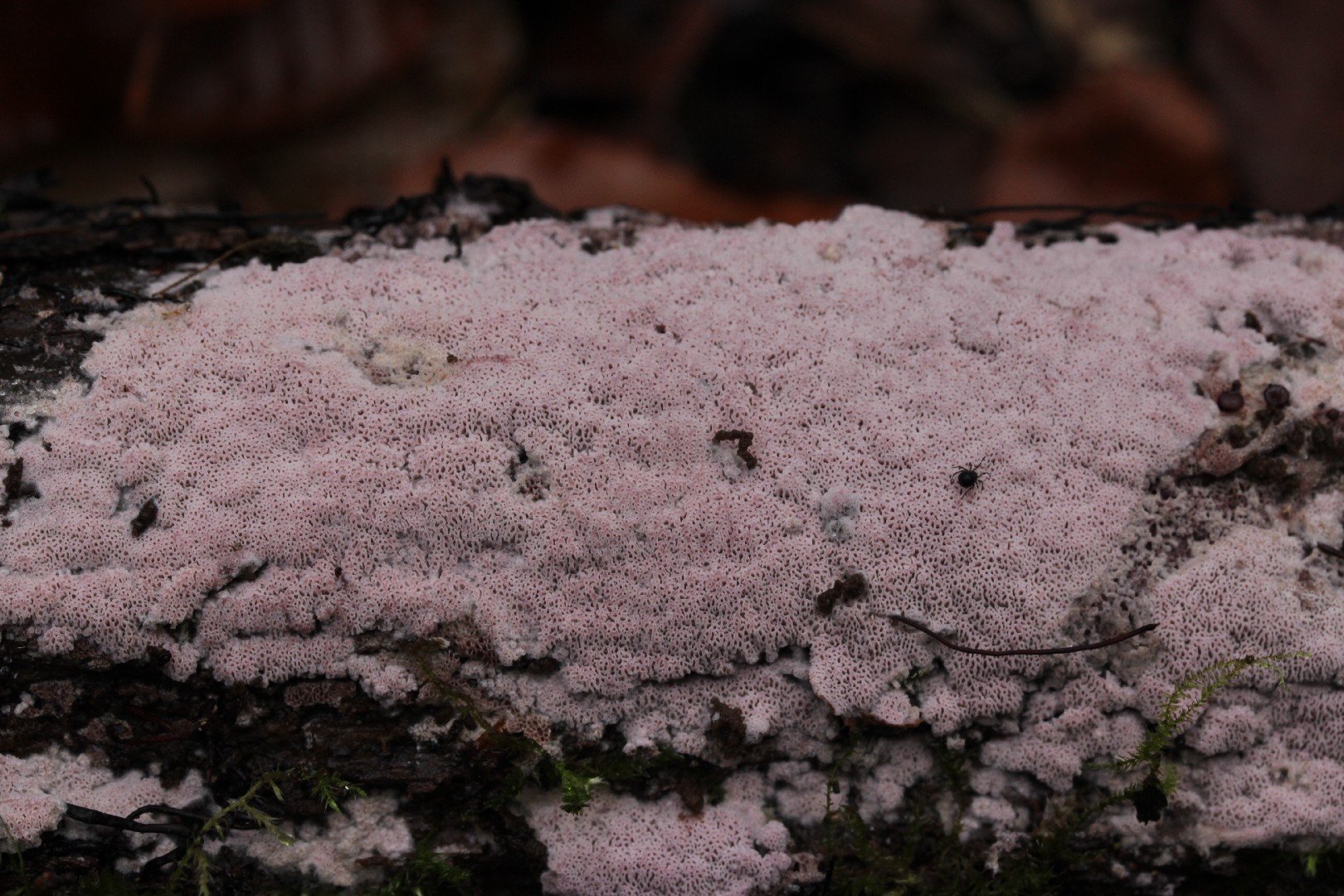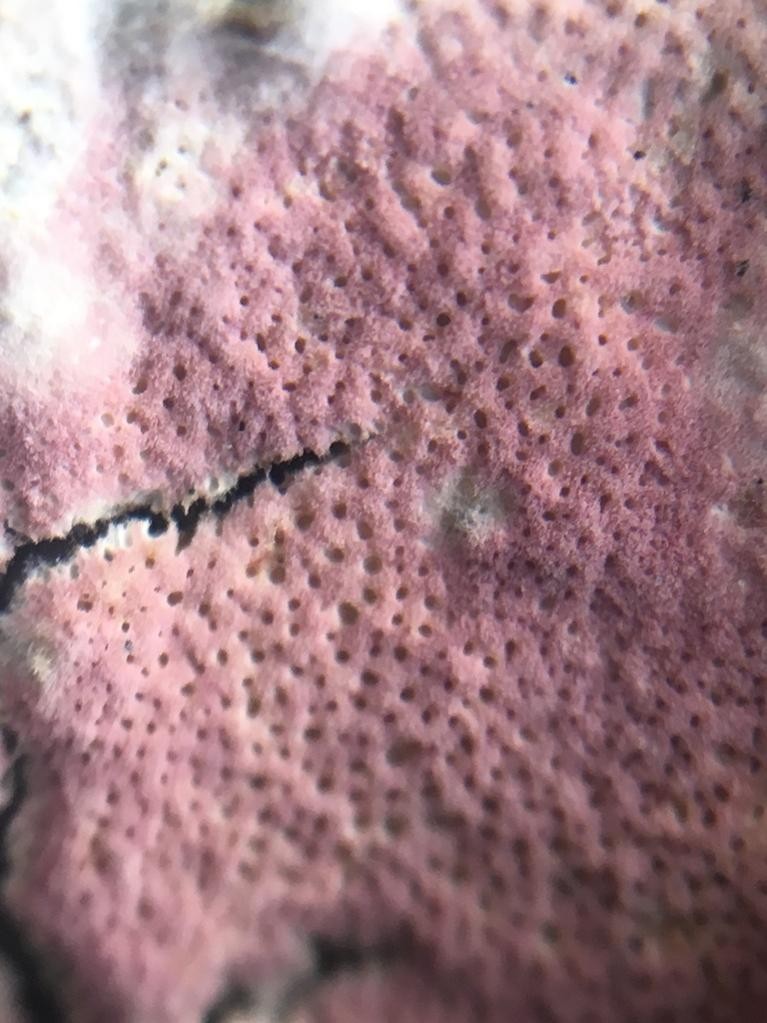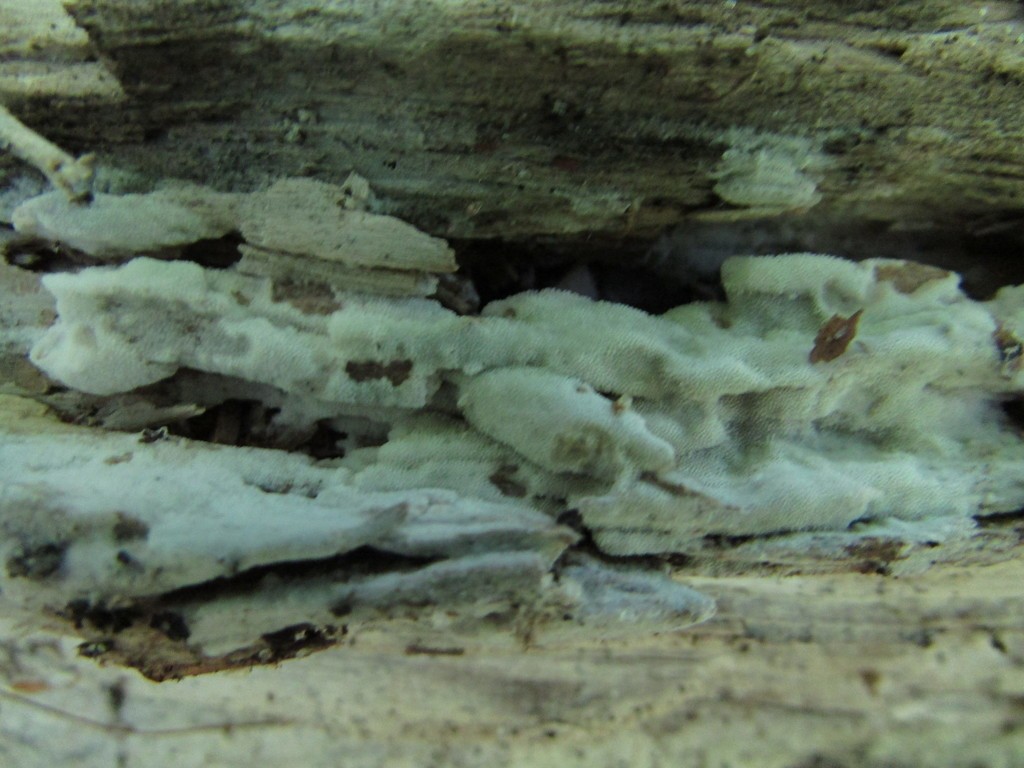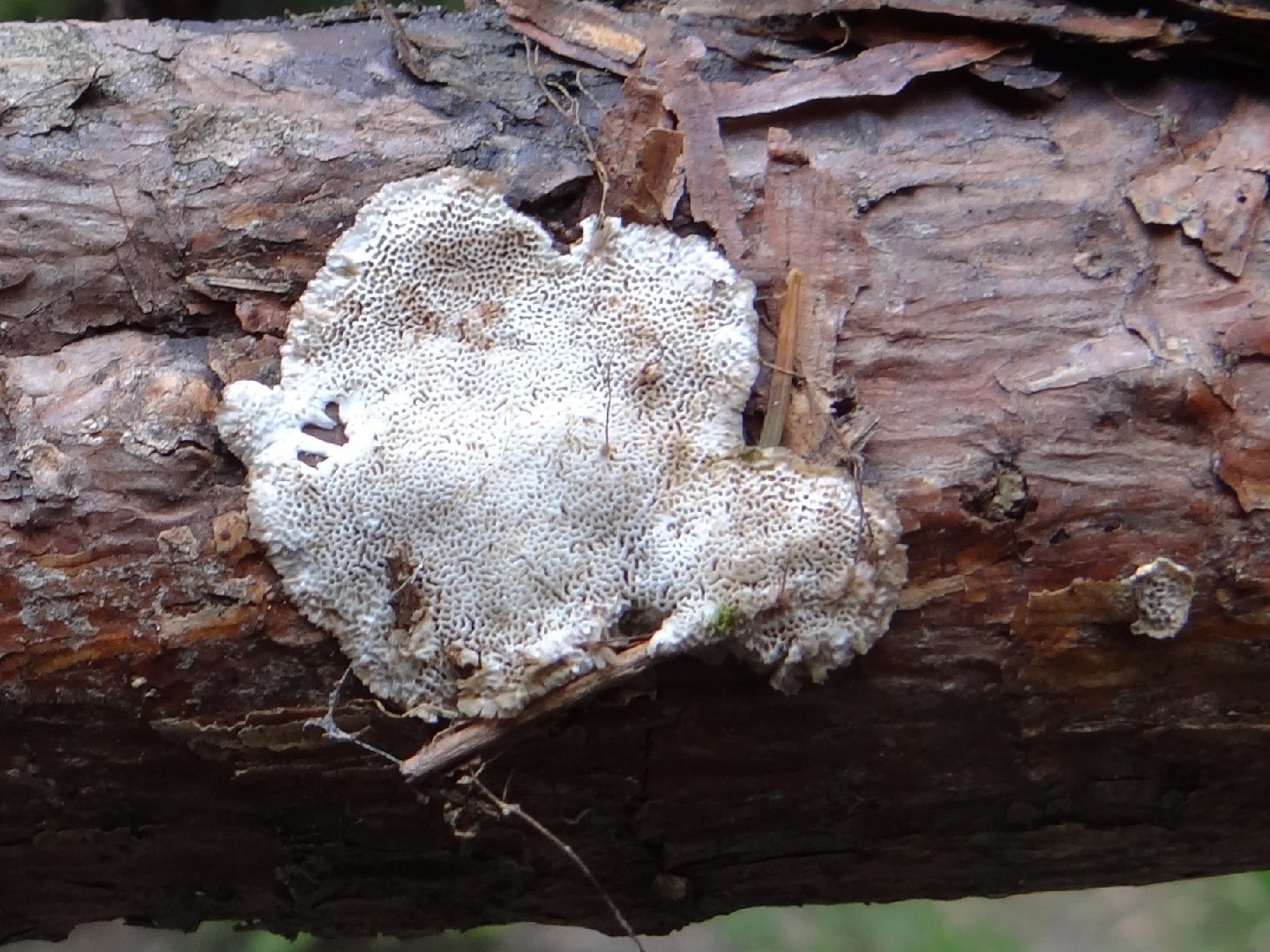Ceriporia
Scientific name: Ceriporia
Ceriporia
Scientific name: Ceriporia
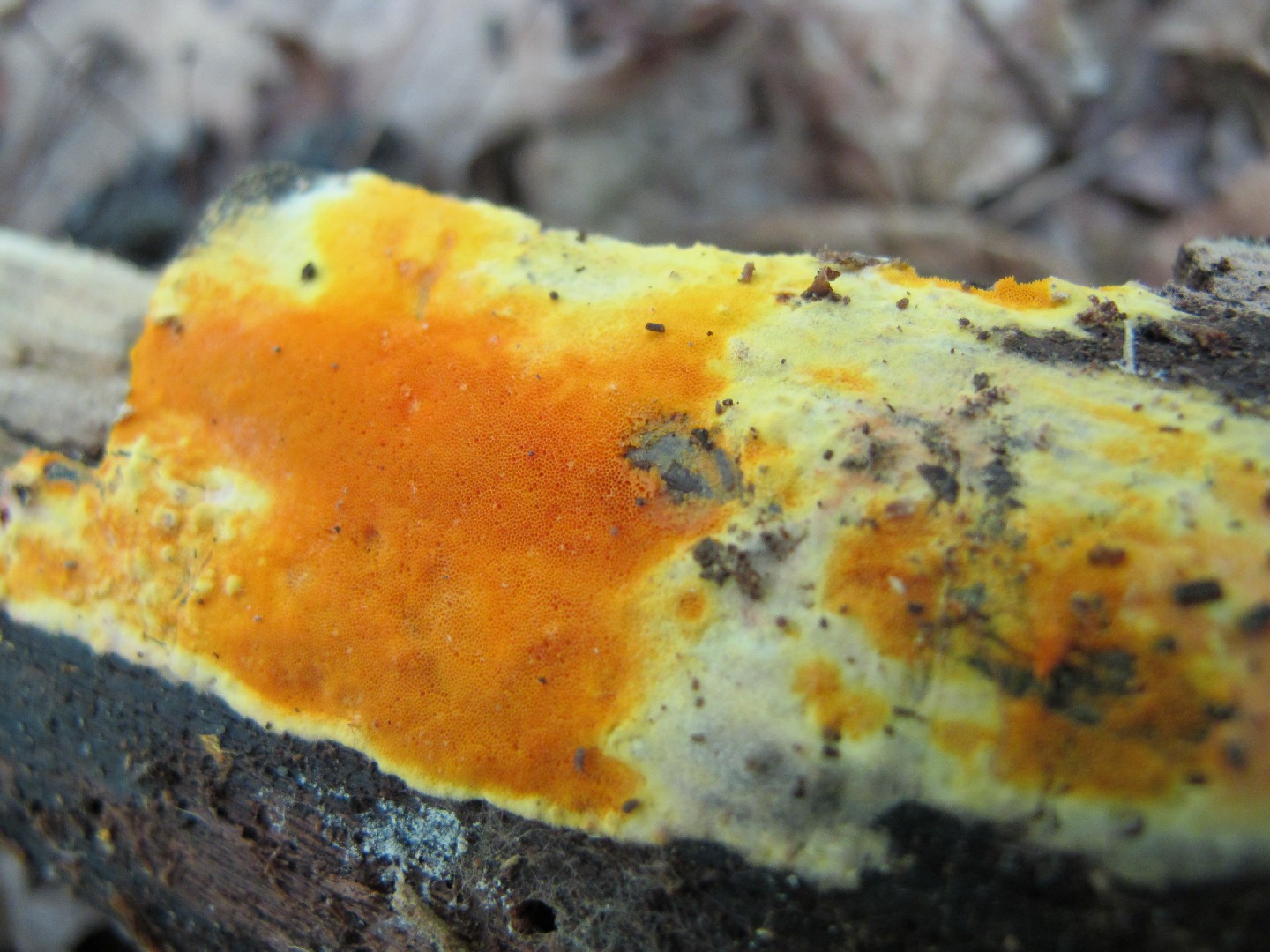 Photo By damon brunette (damonbrunette) , used under CC-BY-SA-3.0 /Cropped and compressed from original
Photo By damon brunette (damonbrunette) , used under CC-BY-SA-3.0 /Cropped and compressed from original Opis
Ceriporia jest fascynującą grupą znaną z produkcji grzybów powodujących rozkład drewna, które odgrywają kluczową rolę w rozkładaniu martwych drzew i recyklingu składników odżywczych w ekosystemach leśnych. Te grzyby zazwyczaj tworzą cienkie, skorupiastenegie struktury na powierzchniach drewna, wykazując szeroką gamę kolorów, od białego i żółtego po różne odcienie brązu i pomarańczy.
Gatunki Ceriporia

 Photo By damon brunette (damonbrunette) , used under CC-BY-SA-3.0 /Cropped and compressed from original
Photo By damon brunette (damonbrunette) , used under CC-BY-SA-3.0 /Cropped and compressed from original Klasyfikacjanaukowa
Gromada
Basidiomycota Klasa
Agaricomycetes Zamówienie
Polyporales Rodzina
Phanerochaetaceae Rodzaj
Ceriporia 